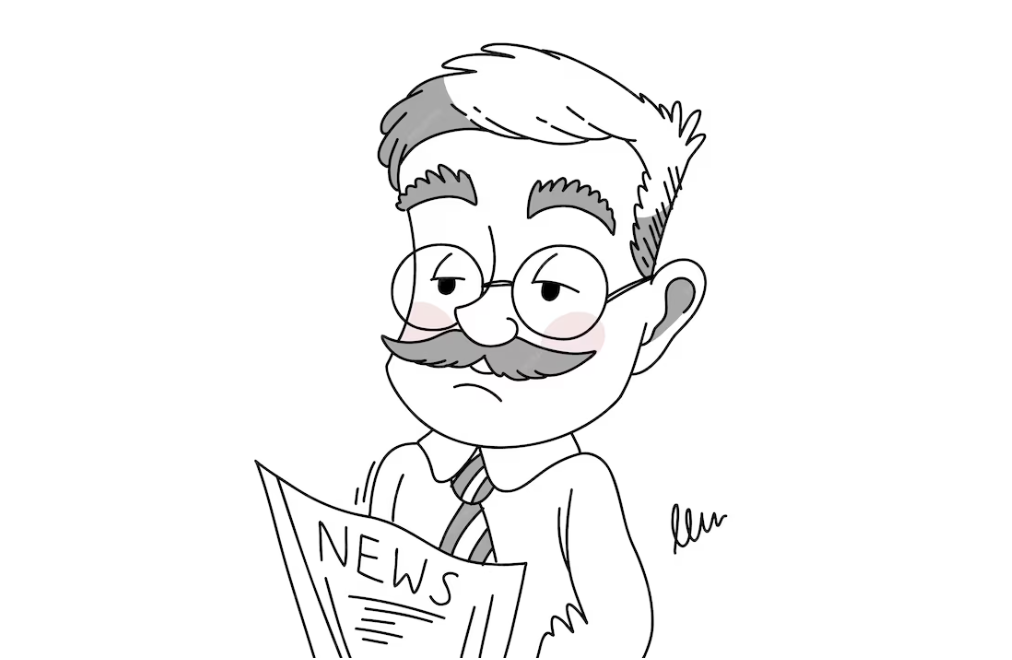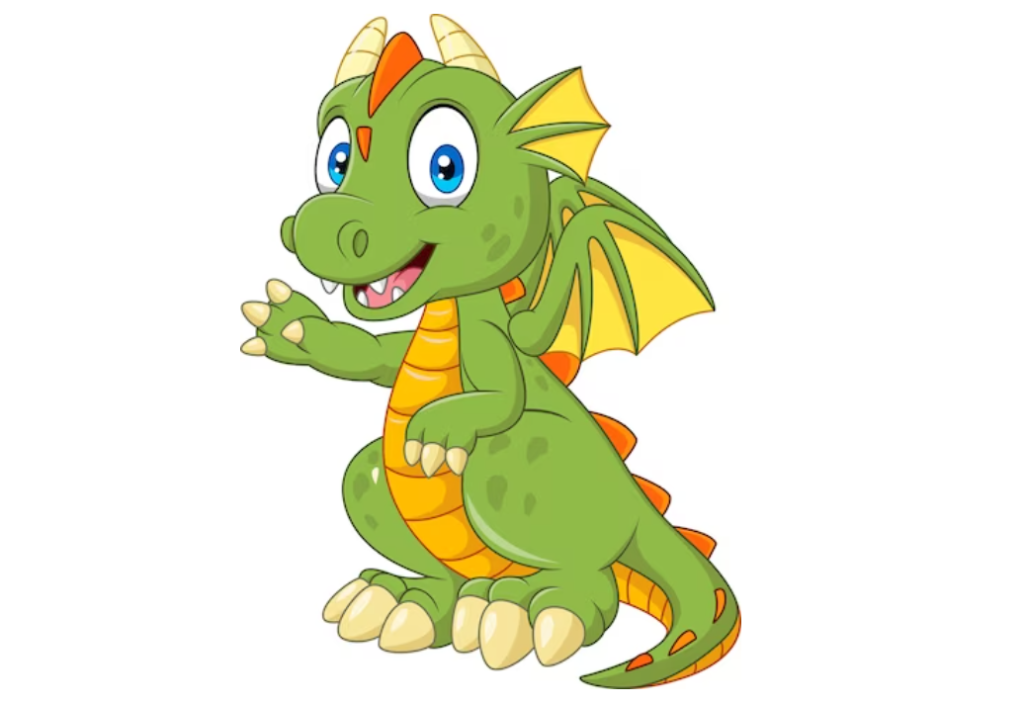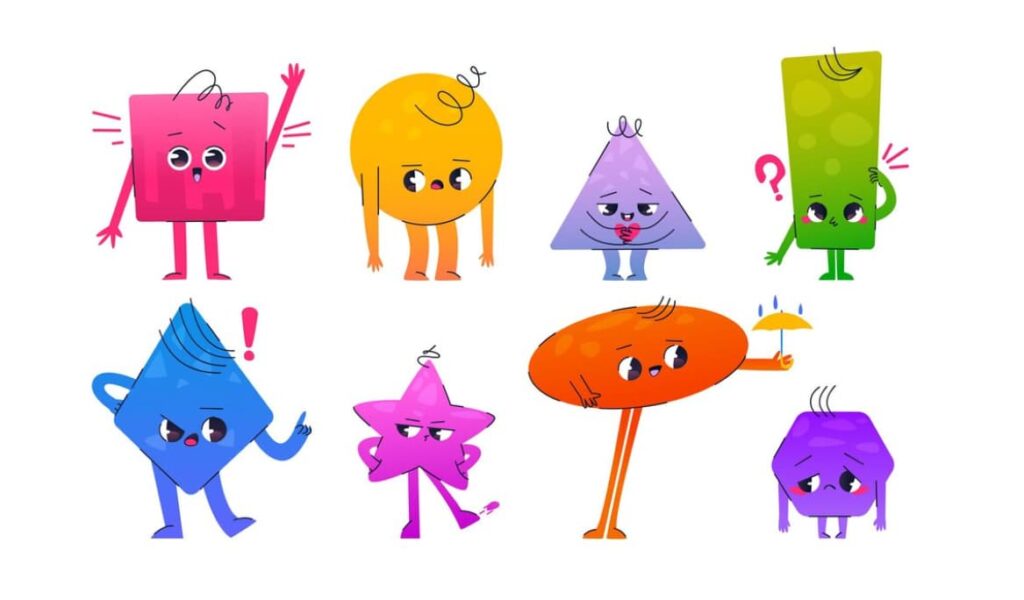Mastering the art of cartoonizing requires a clear understanding of how basic shapes can manifest in characters. Designing cartoon characters using basic shapes not only makes the drawing process enjoyable, but it grants immense creative freedom. The shapes chosen can greatly influence the character’s personality traits and overall visual appeal.
Understanding the Significance of Basic Shapes
Fundamental shapes like circles, squares, and triangles play an instrumental role in defining a character’s persona.
- Circles and Ovals: Soft-edged shapes like circles and ovals denote friendliness and approachability. Incorporating these into your drawing indicates a kind-hearted and pleasant character;
- Squares and Rectangles: These robust forms project strength and sturdiness, crafting a character that appears solid and reliable;
- Triangles: With sharp angles, triangles express dynamism, confidence, and sometimes, danger. They also represent balance and stability.
Blending these shapes creatively helps in creating unique and captivating characters.
Shape Distortion and Exaggeration in Character Design
Introducing variations in size can add a dramatic effect to your characters. Segregate the character into head, body, and legs, and refrain from sticking exclusively to realistic proportions – it might limit your character’s appeal. Experiment with the lengths and widths of the segments for a dynamic result.
After setting your shapes, link them with a basic outline, and insert additional shapes for detailing.
Showcasing Sample Cartoon Characters

Here are a few illustrations of how simple shapes can transform into engaging cartoon characters.
- Round-Shaped Mother Character: Utilizing varied sizes of rounded shapes can give life to a friendly, motherly character. The repetitiveness of the shape in the design amplifies her approachability;
- Triangular Villain Character: A narrow triangle can birth a cunning villain character. The sharp edges of the shoulders and head enhance his menacing look, while elongated legs reinforce his sly nature;
- Square Pirate Character: The dominant square form signifies a stubborn, strong character, like a pirate. Incorporating circular shapes for the head and limbs subtly suggests that he’s not entirely merciless.
Additional Tips and Tricks for Drawing Cartoon Characters

Once you finish drawing your character, try flipping it horizontally. This technique helps in identifying any visible flaws or imbalances in the design.
Understanding Body Proportions in Cartoon Characters
Gaining knowledge about body proportions can elevate your cartoon drawing skills. Experimenting with proportion distortion can result in whimsically endearing characters. Take liberty with the size and ratio of the head, body, and limbs. Overemphasize some body parts for a comedic effect or understate others for subtlety.
Exploring Different Emotions and Expressions
Mastering the depiction of varied emotions and facial expressions will introduce a breadth of life into your cartoons. Fiddle with different eyebrow shapes, mouth curves, and eye sizes to communicate happiness, sadness, surprise, anger or any other sentiment effectively.
Conclusion
In essence, the art of drawing cartoon characters with basic shapes is a delightful blend of creativity, observation, and experimentation. By manipulating simple shapes, distorting sizes, and playing with proportions, you can create a myriad of dynamic and appealing characters. Whether they are kind-hearted, menacing, hilarious, or peculiar, each character you draw is an extension of your imagination. So, grab your sketch pad, and let your storytelling journey begin.
The method of utilizing basic shapes as a foundation for cartoon character design unlocks a realm of creativity and flexibility, enabling the artist to breathe life into an array of personalities. The judicious choice of shapes, creative distortion of body proportions, and mindful consideration of character dynamics all contribute to the creation of compelling, engaging cartoon characters. This approach not only makes the drawing process more enjoyable but also feeds one’s imagination, leading to an unlimited array of characters. With practice, patience, and continuous exploration of shapes and proportions, anyone can master the art of cartoon character creation.
